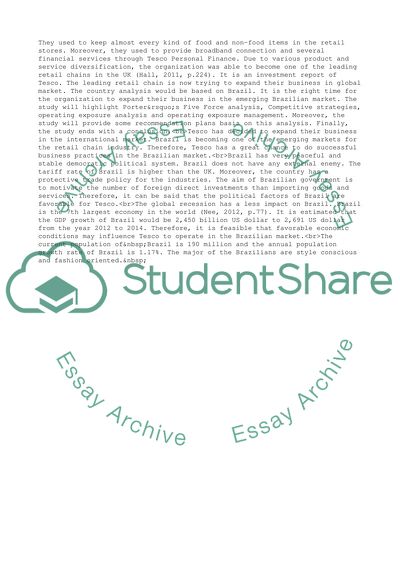Cite this document
(International Investment, Social and Technological Factors Assignment, n.d.)
International Investment, Social and Technological Factors Assignment. Retrieved from https://studentshare.org/business/1798632-international-investment-analysis
International Investment, Social and Technological Factors Assignment. Retrieved from https://studentshare.org/business/1798632-international-investment-analysis
(International Investment, Social and Technological Factors Assignment)
International Investment, Social and Technological Factors Assignment. https://studentshare.org/business/1798632-international-investment-analysis.
International Investment, Social and Technological Factors Assignment. https://studentshare.org/business/1798632-international-investment-analysis.
“International Investment, Social and Technological Factors Assignment”, n.d. https://studentshare.org/business/1798632-international-investment-analysis.


